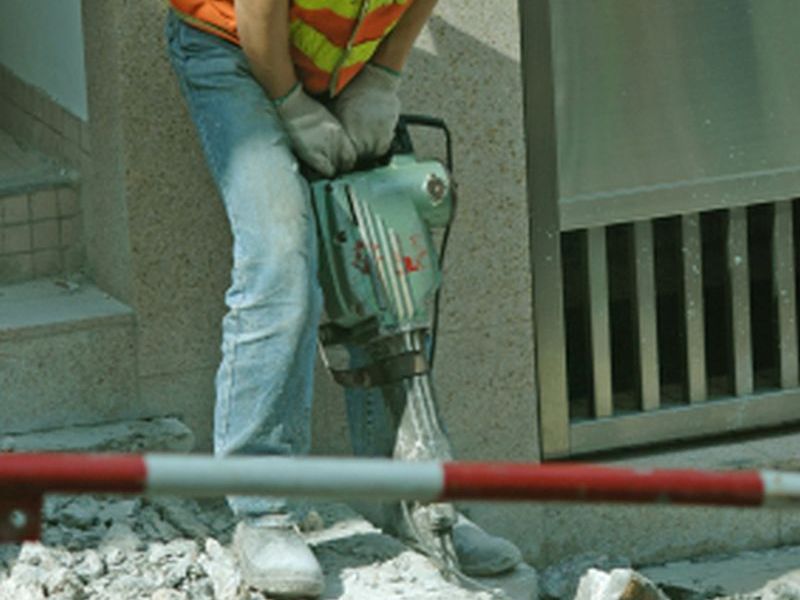1 in 4 American Workers Struggles With Back Pain
By Steven ReinbergHealthDay Reporter

MONDAY, May 13, 2019 (HealthDay News) -- If your back aches while on the job, you have plenty of company: New research shows that nearly 40 million American workers suffer from chronic lower back pain.
In all, that's more than a quarter of the workforce reporting lower back pain severe enough to affect their ability to work. As striking as these findings are, the researchers believe that many more workers suffer from lower back pain than the study captured.
"A lot of the cases of back pain have been attributed to work, but most workers haven't even discussed with their doctor whether it might be related to work," said lead author Dr. Sara Luckhaupt, a medical officer at the U.S. National Institute for Occupational Safety and Health.
In addition, many workers miss work because of the pain or change jobs because of it, she said.
Luckhaupt said that both men and women reported suffering from lower back pain. Sufferers were more likely to be 45 to 64. Obesity can also contribute to lower back pain, she added.
The greatest number of workers with lower back pain worked in construction, building maintenance and grounds cleaning, Luckhaupt said, "so, jobs that require a lot of manual labor."
In addition, people whose jobs requires lifting, pulling or standing reported more lower back pain, Luckhaupt said.
One specialist said it's difficult to determine if someone's lower back pain is really work-related.
"Work environment can worsen back pain, but often it's difficult to assign causative factors to the back pain in the absence of a specific incident," said Dr. Qusai Hammouri, an orthopedic surgeon at Staten Island University Hospital in New York City.
"So, it's difficult to say if work caused your back pain, or you had back pain and then it got worse as you worked more," said Hammouri, who wasn't involved with the research.
For the study, Luckhaupt and her colleagues surveyed more than 19,000 adults in 2015. The participants were asked whether they had lower back pain and if it was work-related, and whether their pain affected their work.
More than a quarter of those surveyed (26%) said they suffered from lower back pain. Extrapolating the data, the researchers determined that represents nearly 40 million workers.
The report was published online May 13 in the Annals of Internal Medicine.
Another expert not part of the study says back pain can be made worse by repeat motions.
"Pain in the back in working-age adults who are otherwise well occurs without a violent precipitant and is exacerbated by motion of the low back," said Dr. Nortin Hadler, an emeritus professor of medicine and microbiology and immunology at the University of North Carolina, Chapel Hill.
Hadler added that this kind of pain is not necessarily work-related. "It can start in workers when not at work and persists outside work," he said.
For example, it can be difficult to lift a package, whether in the warehouse, or "in the crib [such as a baby] -- where the 'package' has no handles and squirms," Hadler said.
Luckhaupt said that treating lower back pain often involves several kinds of treatment, including physical therapy and painkillers.
She added that often pain can be controlled with nonopioid painkillers.
"Most importantly, workers with back pain should talk with their employers to see if there are things that they can do to make the work healthier," Luckhaupt said.
More information
Visit the U.S. Centers for Disease Control and Prevention for more on back pain in the workplace.

The news stories provided in Health News and our Health-E News Newsletter are a service of the nationally syndicated HealthDay® news and information company. Stories refer to national trends and breaking health news, and are not necessarily indicative of or always supported by our facility and providers. This information is provided for informational and educational purposes only, and is not intended to be a substitute for medical advice, diagnosis, or treatment.

